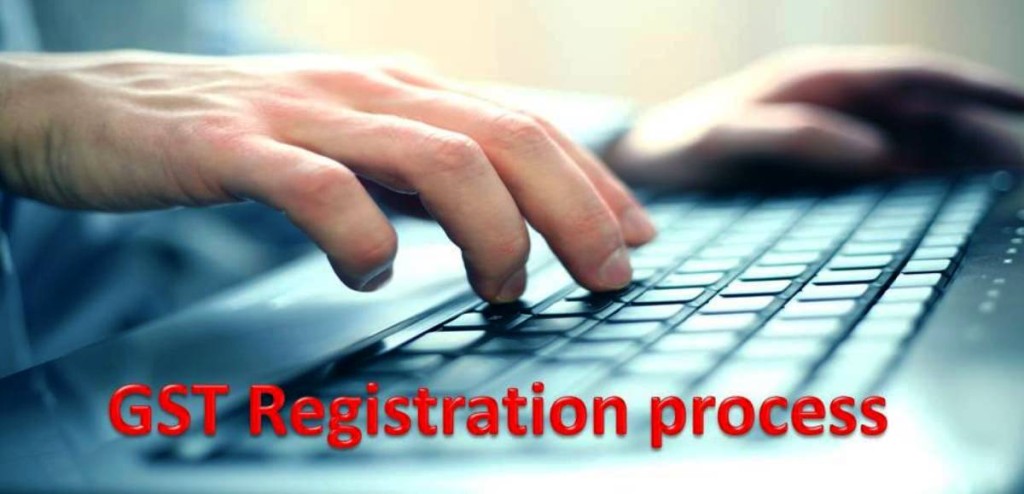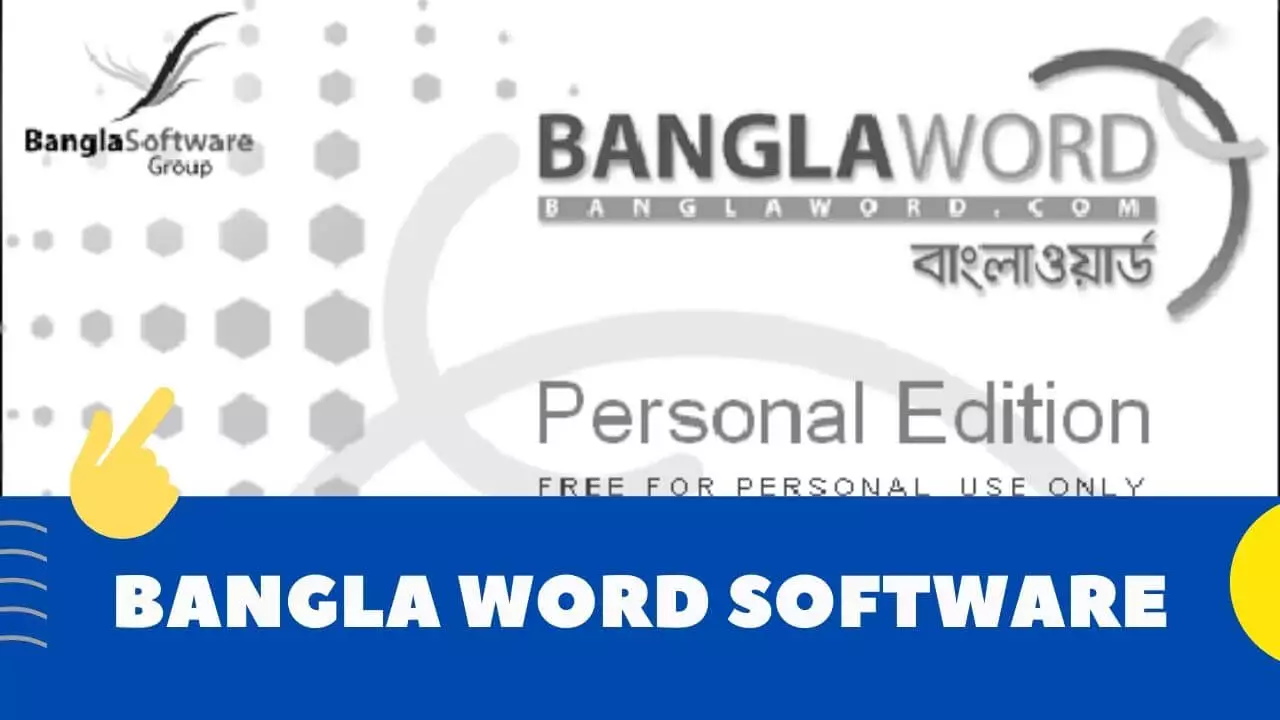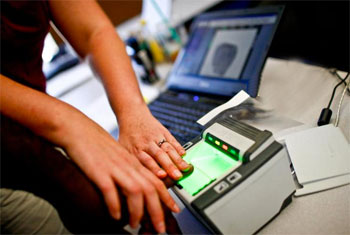Goods and Services Tax (GST) is a proposed system of indirect taxation in India merging most of the existing taxes into single system of taxation. GST would be a comprehensive indirect tax on manufacture, sale and consumption of goods and services throughout India, to replace taxes levied by the central and state governments. The newly introduced tax will be implemented all across India with effect from 1st of April 2017. The purchase and sale of goods and services comes under scanner by levying tax at every significant stage of it. Altogether the taxation is consider to be an incredible reform by the Government of India, as it is purely based on input tax credit.
Let’s check how the process works in detail.

Who all are liable to register under GST?
The most often raised query regard to GST registration, whether one comes into the system or not and comes under the criteria of GST or not.
Here is the answer to the common confusion among the public, If a person supplies goods and services more than twenty lakhs, are liable to be registered under GST, whereas person supplying goods and services not more than twenty lakhs are not liable to register under GST. In special category states, the limit has been set at Rs.10 lakhs.
Who Needs GST Registration
Existing taxpayers are required to obtain GST registration and it is mandatory for them to do it. There are specified Act mentioned by the Finance department for those existing taxpayers which are already registered in that particular entities:
- Central excise
- Service tax
- VAT
- Entry tax
- Luxury tax
- Entertainment tax
The person whoever has already registered among any one of the above, are required to do GST registration in their respective state
How to Get GST Registration Online
GST registration is a completely online procedure. You can complete GST registration through IndiaFilings. Exclusively a separate GST portal is launched for this purpose which is user friendly by nature. Government has declared that the same official website gst.gov.in will be used for other tax payments, and return filing.
It is expected that GST registration would be provided based on a person’s PAN number. Another major advantage of GST implementation is that the same GST registration number can be used in all states across India. Under the current VAT regime governed by the State Governments, a VAT dealer must obtain VAT registration in each of the State, incurring additional cost and compliance formalities.
Here is a step-by-step procedure for GST registration:
- First one should access the official website of goods and service tax.
- For the first time login, use the username and password you use in commercial tax portal of your state. It is provided by State VAT authorities. If the applicant does not have it, then he/she contact the state commercial tax authorities of your circle.
One can avail the service from their state and for all a subsequent login will be created after online enrolment, you will be creating new username and password. This will be created when people are enrolling with the GST system portal. One can select the user id and password of their choice. These details are to be filed in form PART 1 of GST REG-01.
- It is most important that one should be cautious and make sure to mention proper email address and mobile number while enrolling. Which will be used by the GST authorities, for future communications references.
There are number of specified documents required while enrolling for the GST and the requirements are mentioned below.
Document Required for GST Registration
- Provisional ID received from state or central authorities. (the one you use for VAT)
- Password received from the state or central commercial tax authorities.
- One has to provide Valid email address and valid mobile number
- The Register’s Bank account number
- The concerned person’s IFSC documents
- Proof of business in PDF or JPEG format. The maximum file size should be 1 MB. (can be partnership deed, certificate of incorporation, registration certificate of the business entity
- It is mandatory to provide the Photograph of the promoters or partners of karta in the case of HUF
- The Proof of appointment and photograph of the authorized signatories has to be submitted
- Opening page of the bank passbook or a statement which shows
Bank account number.
It should also contain bank name, branch name, address, and few transaction details.
- All the documents uploaded should be in pdf or jpeg form with maximum size of 1 MB. The application if submitted online through FORM GST REG – 02. (As per rule)
GST Registration Certificate
Once the application is filled and submitted in online, it will be processed to the concerned authority who examines the application and the related documents. It takes three working days to grant the GST registration certificate, which is subject to verification.
GST Return Filing
Once GST registration is obtained, the business will be required to file monthly GST returns. Its best to purchase a GST software for accounting, as invoice level details have to be uploaded in the GST return – thrice a month. GSTR-1 will be due on the 10th of every month. GSTR-2 will be due on 15th of every month and GSTR-3 will be due on the 20th of every month. All businesses registered under GST will also have to file an annual GST return before 31st December.













